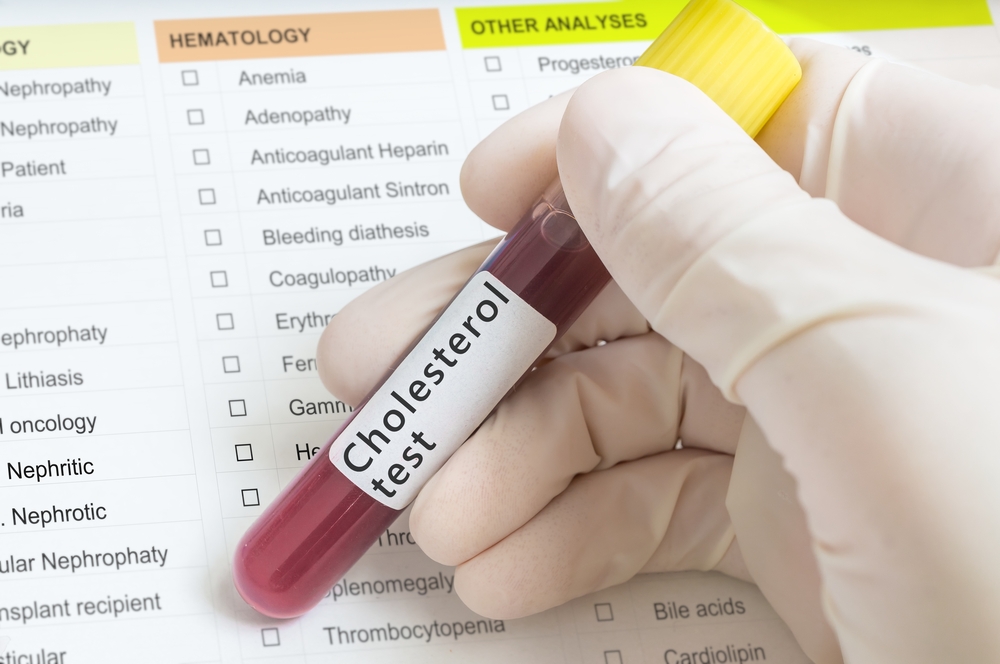Cholesterol-Related Molecule May Be Linked to ALS Progression

High levels of 25-hydroxycholesterol, a cholesterol-related molecule, may trigger neuronal death and accelerate amyotrophic lateral sclerosis (ALS) progression, according to a new study. The finding could lead to new ALS therapies that target the molecule.
The study, “25-Hydroxycholesterol Is Involved In The Pathogenesis Of Amyotrophic Lateral Sclerosis,” was published in the journal Oncotarget.
Several molecules involved in developing and maintaining the nervous system have been shown to contribute to the pathology of ALS. Previous studies suggested cholesterol and its intermediate molecules (molecules formed as cholesterol is produced) may be involved in the disease’s development.
For this study, researchers assessed the roles three cholesterol intermediate molecules (24-, 25-, and 27-hydroxycholesterols) have in ALS. They analyzed the molecules’ levels in patients, and used laboratory models of the disease to understand how they work at the cellular level.
Thirty-nine ALS patients (20 to 80 years old) were recruited for the study at Seoul National University Hospital between December 2009 and May 2012. Those receiving respiratory or feeding support were excluded.
Patients were divided into two groups: 30 were untreated and nine received the ALS drug riluzole (Rilutek). Their results were compared to those of a control group of 33 healthy individuals. Disease severity was measured using the revised ALS functional rating scale (ALSFRSr). Blood and cerebrospinal fluid (CSF) samples were collected from all the participants to assess their hydroxycholesterol levels.
Results showed 25-hydroxycholesterol levels were higher in the blood and CSF of untreated ALS patients. Blood levels of the molecule were “significantly associated” with disease severity and progression, the researchers wrote.
To understand 25-hydroxycholesterol’s role in ALS, researchers increased its levels in motor neuron cultures carrying a mutated human SOD1 gene (mSOD1-G93A, found in ALS patients). They found that the molecule led to neuronal death, but treating the cultures with riluzole reduced that effect.
Using a mouse model of ALS, the team found that the animals with early disease symptoms had more enzymes in producing 25-hydroxycholesterol in their brains.
The results suggest increased 25-hydroxycholesterol levels may trigger neuronal death, particularly in the early symptomatic disease stage.
“Our data showed that the [25-hydroxycholesterol] could be an important mediator of the ALS pathogenesis involving … neuronal [death], which could eventually trigger the onset or accelerating the progression of ALS symptoms,” the researchers wrote. “Our results may reveal a novel ALS treatment target and provide insight into the involvement in of [nervous system] cholesterol metabolism in ALS pathogenesis.”






